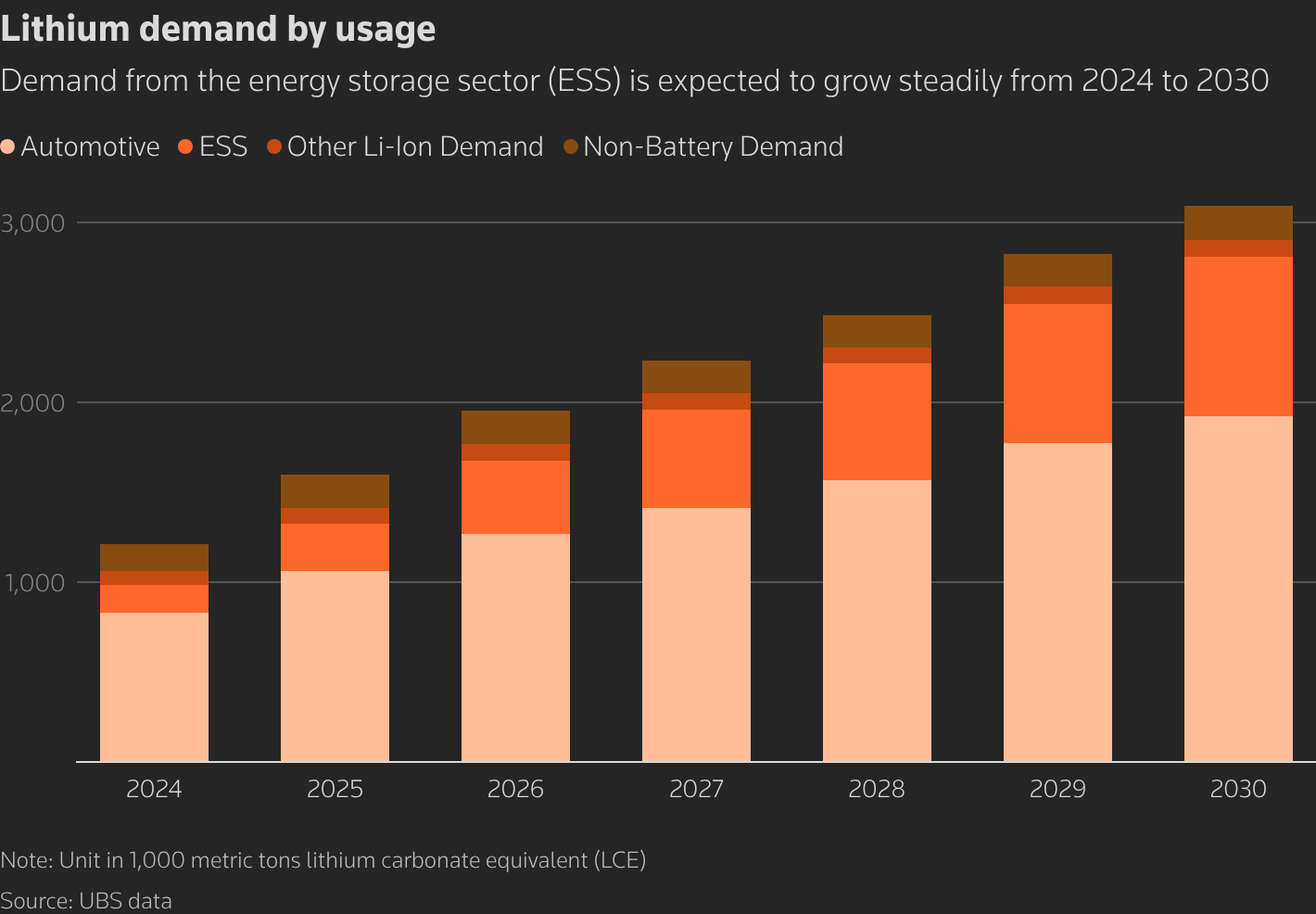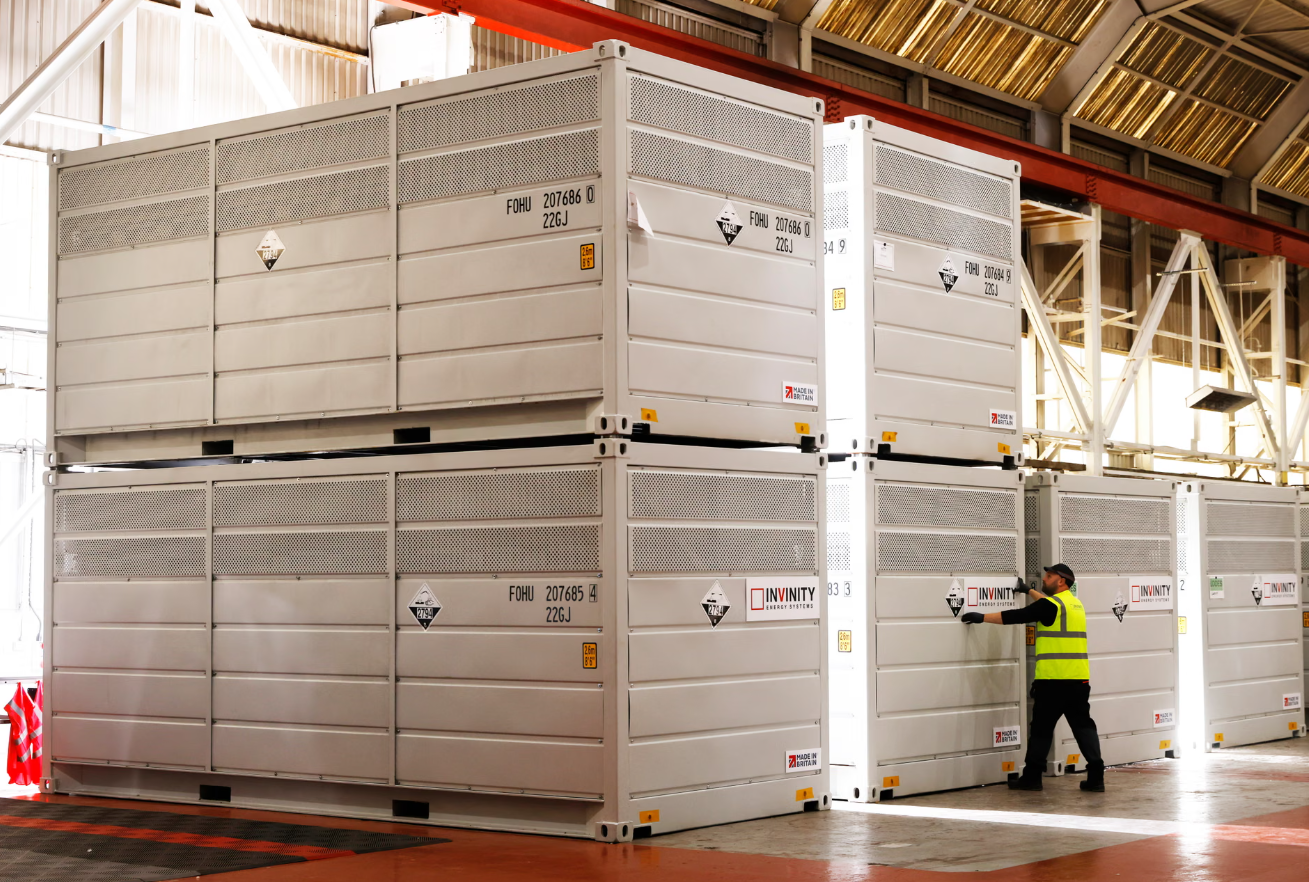Solar and battery systems offer homeowners unprecedented opportunities to own and control the production, storage and consumption of their essential electricity needs.
While installing solar panels is relatively simple, pairing them with battery storage is a bit tricky given the types of batteries available and their capabilities.
So, in this article, we’ll explore which batteries are best paired with solar panels to achieve the three most common energy goals: cost savings, essential backup, and whole-home backup.
There are no fewer than five types of battery chemistries that could be used (theoretically or practically) for residential energy storage. However, Lithium-ion (Li-ion) and Lithium Iron Phosphate (LFP) have emerged as the dominant chemistries today, as they provide an ideal balance of energy density and efficiency.
Compared to Lithium-ion, LFP batteries generally last longer, allow greater depth of discharge, handle a wider range of temperatures, and have a virtually non-existent risk of thermal runaway.
On the other hand, Lithium-ion batteries tend to cost less and are less affected by maintaining a high state of charge, which is common for essential backup systems.
Another notable characteristic to consider is whether the battery is AC coupled or DC coupled. Some batteries can be charged using direct current (DC) power, while other batteries can be charged using alternating current (AC) power.
Generally speaking, DC cells are more efficient, while AC cells are easier to configure into existing solar systems.
Whether you already have a home solar system and how the system is configured will determine whether AC-coupled batteries or DC-coupled batteries are best.
The third difference to consider is whether the battery has a backup function or is simply configured to consume itself. While backup power is often considered the primary benefit of battery storage, there is a growing need for battery storage without the additional costs of equipment, labor and programming required to enable backup power in the event of a grid failure. Given the smaller scope of the job, a battery-only project typically costs about two-thirds of a comparable backup battery project.
With this in mind, pure consumption batteries (aka "non-replacement" batteries) are typically used by homeowners who:
The main goal is to save energy costs
Basically unaffected by power outages
For example, under California's NEM 3.0 solar billing policy, it's more cost-effective to store and use your own solar products in drain-only batteries than to trade power back and forth with the utility grid.
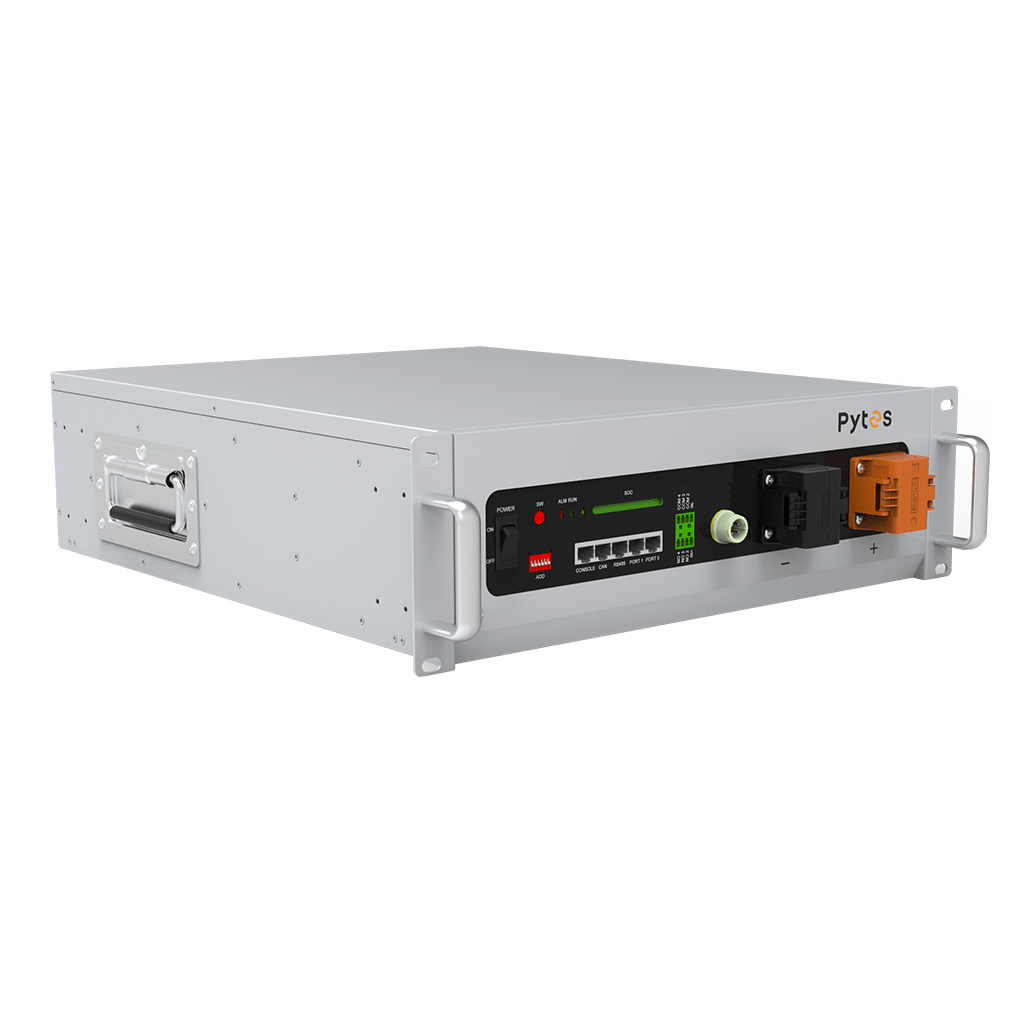
If your main goal is to save energy costs and don't need backup power, the best battery to pair with solar panels is a lithium iron phosphate (LFP) . For example, you can refer to Pytes new LFP battery for home battery system-V5°.
V5° is a new rechargeable lithium iron phosphate battery developed and manufactured by Pytes for use in solar battery storage systems. It is commonly used in home energy storage systems and is known for its high energy density, long cycle life and safety property.
Compared with other types of batteries, such as lead-acid batteries and nickel-cadmium batteries,Pytes lithium iron phosphate batteries are more environmentally friendly and have a lower risk of fire or explosion. They are also more efficient at storing and releasing energy, making them a popular choice for home energy storage systems.
One of the main advantages of the V5° is its real-time monitoring capabilities. This allows homeowners to track their energy usage and make adjustments as needed. In addition, V5° also provides remote upgrade and alarm notification functions, allowing you to easily master the latest technology and ensure the normal operation of the system.
V5° provides data visualization capabilities that allow homeowners to view their energy usage in a clear and easy-to-understand format. This can help them identify areas where they can reduce waste and optimize energy use.
2.1 high performance
One of the main features of the new lithium iron phosphate battery is its high performance. It can handle up to 100A charge and discharge and 75A continuous charge and discharge. This means it stores and releases energy efficiently, ensuring your home always has a reliable power supply.
2.2 self heating
Another great feature of the new lithium iron phosphate battery is its self-heating capability. Heating can be automatically started in cold environments to ensure normal use and battery life. This is especially useful for homeowners who live in colder climates and want to ensure that their battery system is always running optimally.
2.3 Can be expanded according to needs
The new LFP cells can also be expanded based on demand. It can be expanded to a maximum of 430.08kWh (with hub), and a group can support up to 14 units in parallel. This means homeowners can easily add more battery units as energy needs grow without having to replace the entire system.
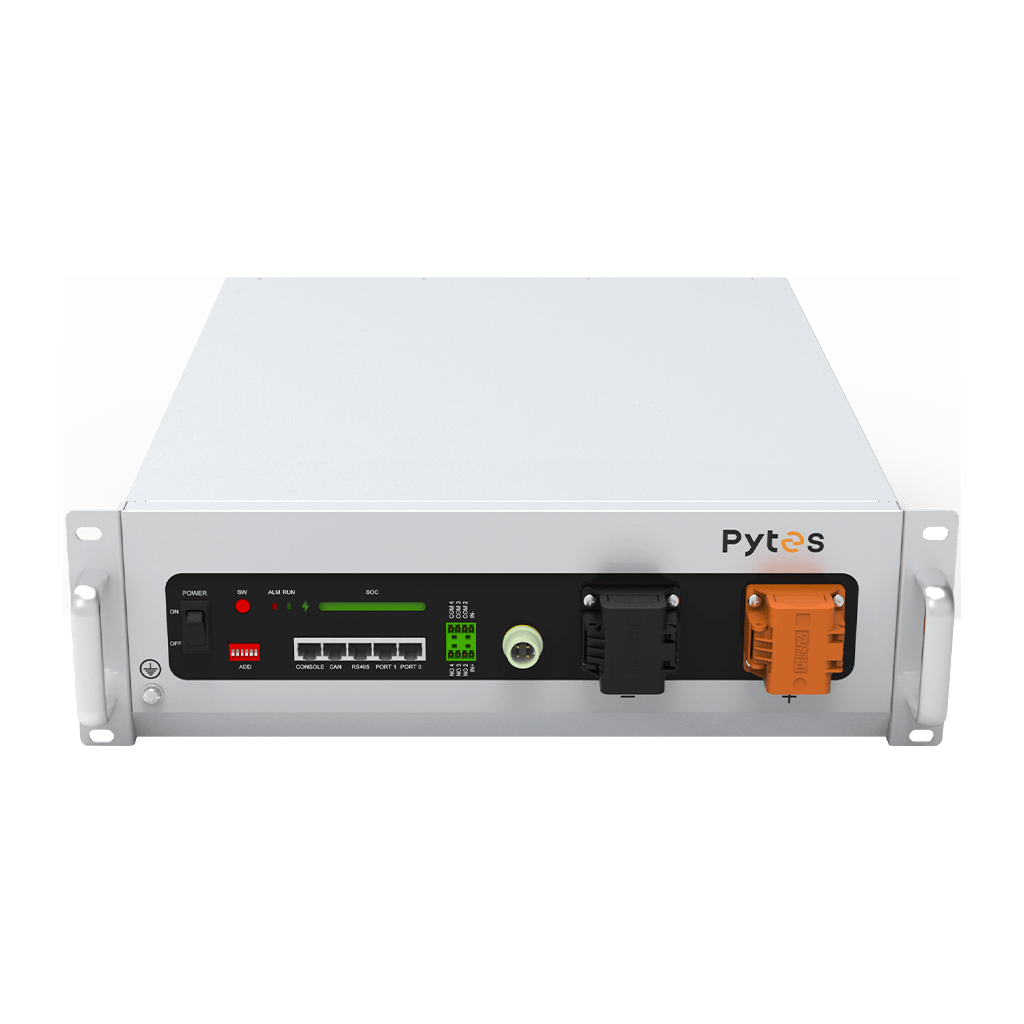
Batteries, which are primarily used to save costs, often operate in solar self-consumption mode. This means the battery will only be charged using the sun's energy, and will be discharged as soon as the solar panels are no longer able to meet the household's power needs.
Why only use consumable batteries to save costs?
By eliminating the equipment, labor and programming required to enable backup power, the cost of a pure drain battery is typically about two-thirds of that of a traditional backup battery. If your main goal is to save money, a battery with a lower upfront cost can provide a faster return on investment.
While consumable-only batteries can provide greater energy cost savings, it's worth emphasizing that they do not provide backup power during grid outages.
You can connect with Pytes to design a custom solar battery system for your goals.
If the primary goal is to power every system in your home – during outages or when the grid is online – then the best batteries to pair with solar panels are the ones that can be stacked together to provide enough peak and continuous power output for large loads like air conditioning and so on.
You’ll also want to consider battery chemistry. For example, if your goal is simply to store enough energy to power your entire home during a grid outage, the NMC chemistry is more suitable. However, if you plan on using charging and discharging on a daily basis, LFP chemistry is more suitable.
Additionally, round-trip efficiency plays an important role in battery systems of this scale. With a 10 kWh battery, 90% efficiency means losing 1 kWh per cycle. But with a 40 kWh system, 90% efficiency means losing 4 kWh per cycle.
So if you don't already have a solar panel, it's worth exploring a more efficient battery - like Pytes' Pi LV1.
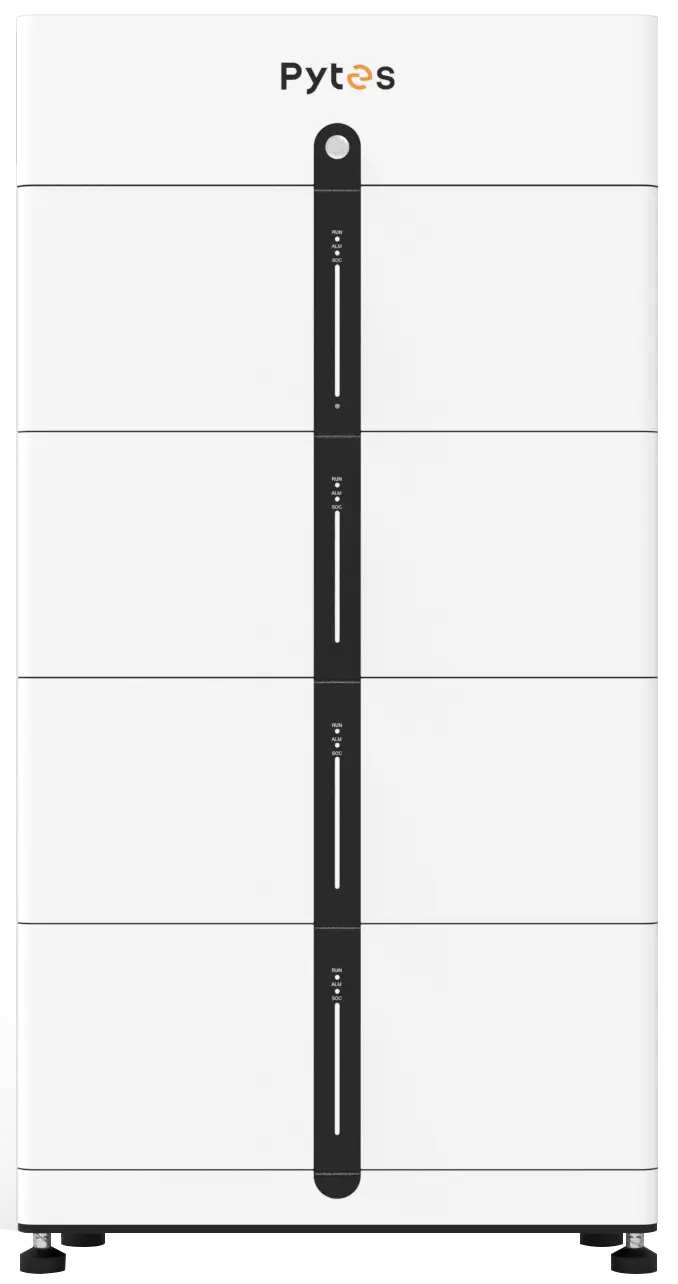
In conclusion, the combination of solar panels and battery storage systems offers homeowners extraordinary possibilities for meeting their electricity needs. While solar panel installation is simple, choosing the right battery for optimal performance can be a very important task. In this article, we take a closer look at three major energy goals homeowners often seek to achieve: cost savings, basic backup, and whole-house backup. By understanding these goals, individuals can make informed decisions when pairing the most suitable batteries with solar panels.
